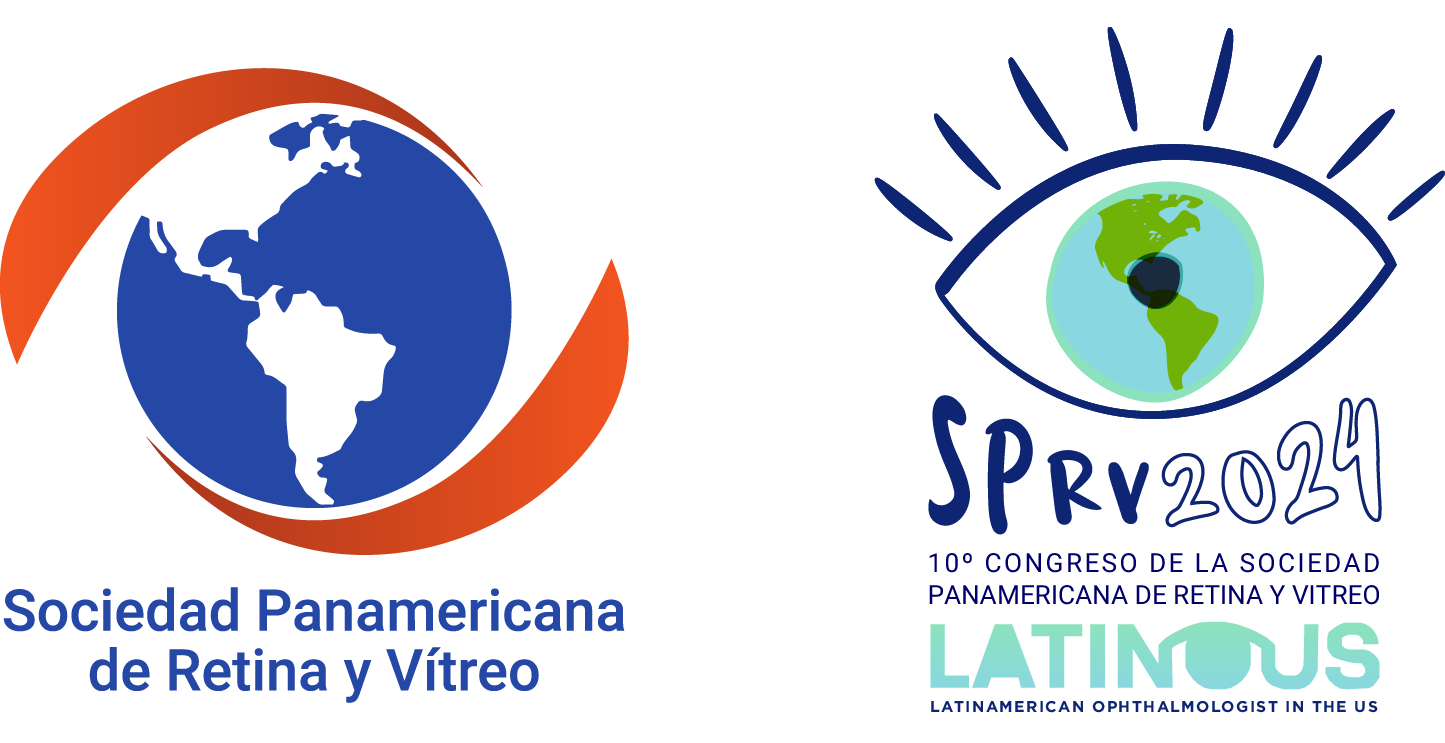SCIENTIFIC PAPER

Uveitis In Children: The Role Of Biological Agents In Its Management
PRESENTING AUTHOR
Jamel Corredores Dieb
-
Jamel Corredorres,Department of Ophthalmology, Hadassah Medical Center, Jerusalem, Israel
-
Brice Vofo,Department of Ophthalmology, Hadassah Medical Center, Jerusalem, Israel
-
Radgonde Amer,Department of Ophthalmology, Hadassah Medical Center, Jerusalem, Israel
-
Purpose:
To determine the effectiveness and medium and long-term effects of TNF-α inhibitors in pediatric uveitis
-
Methods:
Review of medical charts
-
Results:
Included were 50 patients (84 eyes), of whom 35 were females (70%). Mean age at time of diagnosis was 7.22±4.04 years. At baseline (time of initiation of
biologic therapy), all patients had active uveitis. It was anterior in 51 eyes (60.71%), intermediate in 19 eyes (22.61%), posterior and panuveitis in seven eyes each (8.33%). Complete control of ocular inflammation was achieved in 84.52% (n=71) of eyes, after a median of 3 months (IQR 2 months). Mean LogMAR BCVA at baseline was 0.23 ±0.44; it remained stable at 12 and 24 months. Mean prednisone dose at baseline was 13.70±13.47 mg/day, it decreased to 3.82±3.02 mg/day and 2.84±2.81 mg/day
(p<0.0001) at 12 and 24 months, respectively. At baseline, 64% of patients were treated with oral corticosteroids, this decreased to 29.5% at 12 months (p=0.001) and to 21.9%
at 24 months (p<0.001). Mean time to prednisone dose of ≤ 0.2mg/kg/day was 8.1±2.02 months after baseline. 42.5% of eyes were treated with topical steroids at baseline and
this significantly decreased to 6.3% at 12 months. Multiple linear regression model was calculated to predict moderate and severe visual loss; only presenting visual acuity
accounted for a unique variance in the model. -
Conclusions:
TNF-α inhibitors achieved rapid disease control while enabling remarkable systemic and topical steroid-sparing effect in children suffering from chronic uveitis. Presenting visual acuity was the sole predictor of moderate to severe visual loss.
The authors have no financial interests in any material discussed in this article. There are no conflicts of interest to disclose.











